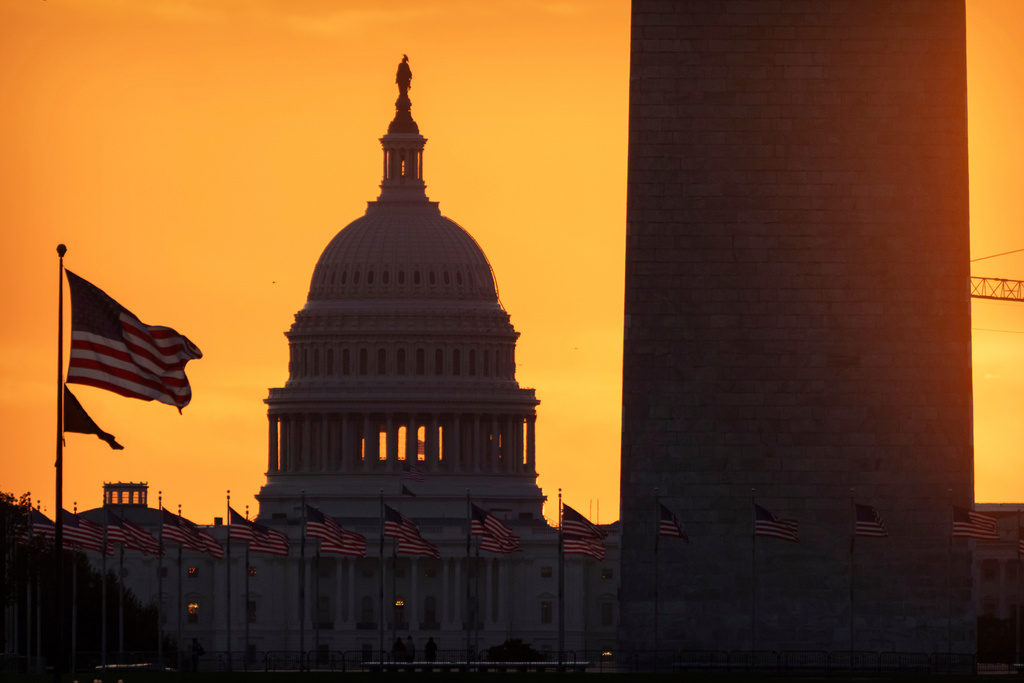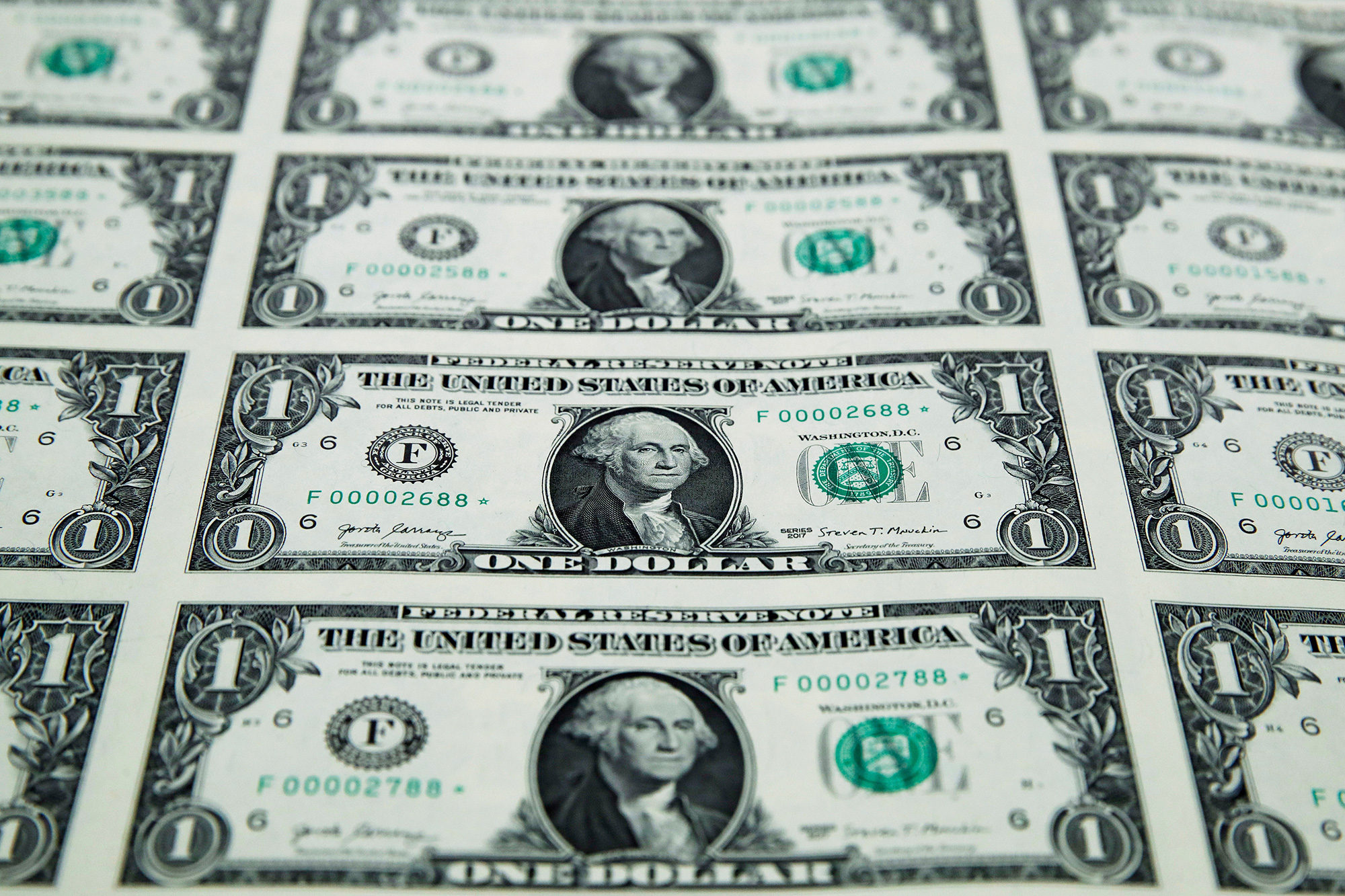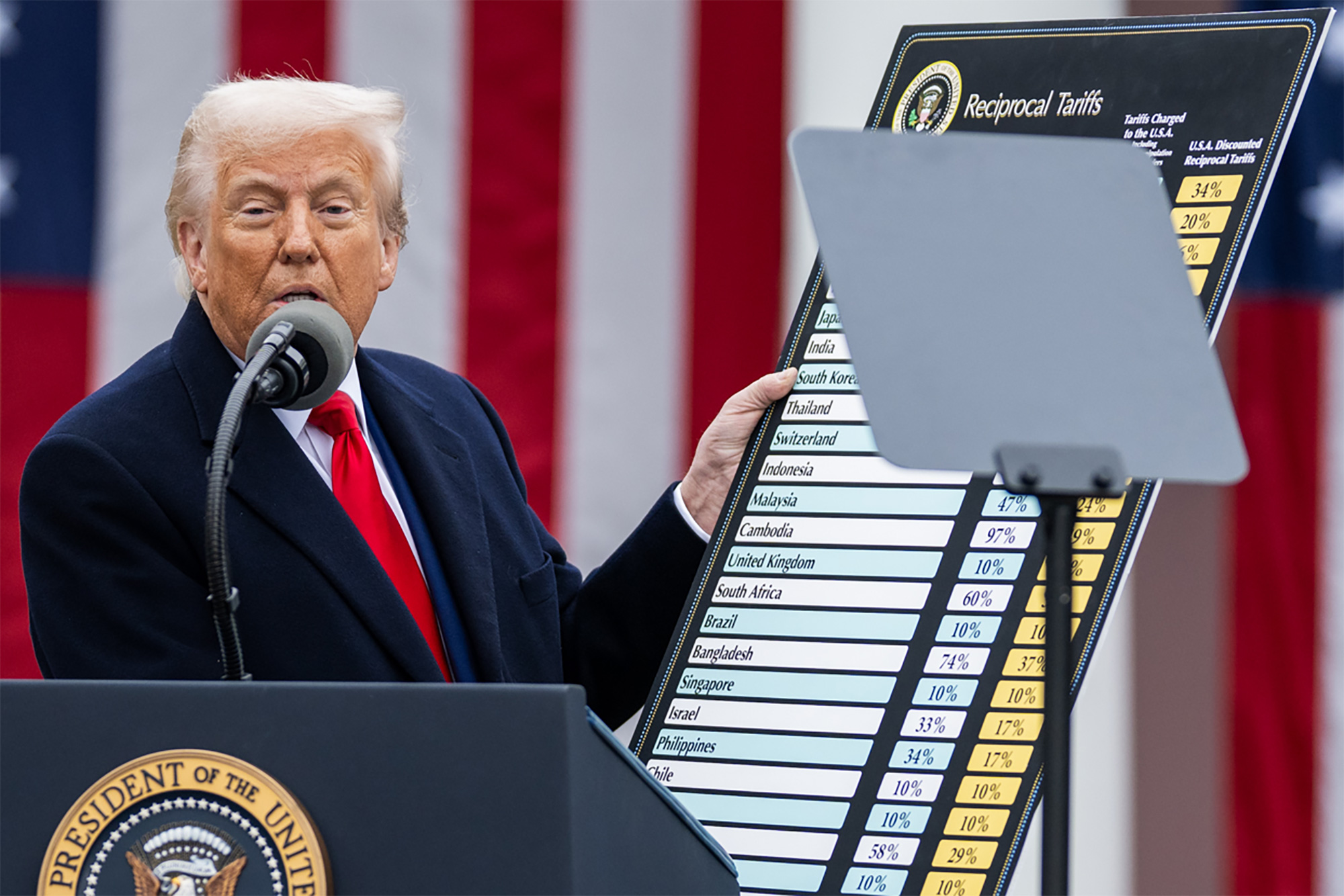President Trump recently declared, “When I took it over, egg [prices] were through the roof, and now eggs are down.”
The President is right that eggs are much cheaper today than at their peak. Wholesalers were selling large white eggs for a little over $6 per dozen when President Trump first took office. In early March, eggs peaked at $8.17, but prices are now down to under $3 per dozen.
But what really brought down the cost of eggs?
There are many factors at play in the egg market. Chief among them is the bird flu, which has been ravaging American farms since 2022. Over 160 million birds have caught the deadly virus in the last three years, with every state in America having at least one outbreak.
Farmers have to get rid of infected chickens, causing the supply of eggs to drop and prices to go up. But there have been fewer outbreaks recently, which many economists believe is leading to the drop in prices.
Retail market analysts also point to increased production and lower consumer demand (many of us stopped buying eggs) as reasons for cheaper prices.
Although these larger structural trends are a significant driver of the change in egg prices, the Trump administration has taken some concrete steps to lower prices.
In late February, the Department of Agriculture (USDA) announced a $1 billion “five-pronged strategy” to focus on egg prices. Some of their plans are already in motion, such as:
- Expanding health inspections at farms and facilities, up to nearly 40 inspections per week. This may have helped reduce the spread of bird flu.
- More than doubling the “indemnity rate” – the amount they pay farmers for each bird depopulated due to the bird flu – from $7 to nearly $17. This incentivizes farmers to put down flocks that were exposed to the flu, which may have helped stop the spread. It also gives farmers the money they need to repopulate their flocks.
- Securing trade deals to import hundreds of millions of eggs from Turkey and South Korea, which could have increased the effective supply of eggs.
Other parts of USDA’s plan could help keep egg prices down in the medium and long term. They are looking at unnecessary regulations that keep supply down, and at developing new vaccines and therapeutics to protect against the bird flu.
It’s too early to know exactly what effects each of these factors have on egg prices. In the meantime, Americans can enjoy eating omelets again.
Related
Peyton Lofton
Peyton Lofton is Senior Policy Analyst at No Labels and has spent his career writing for the common sense majority. His work has appeared in the Washington Examiner, RealClearPolicy, and the South Florida Sun Sentinel. Peyton holds a degree in political science from Tulane University.




